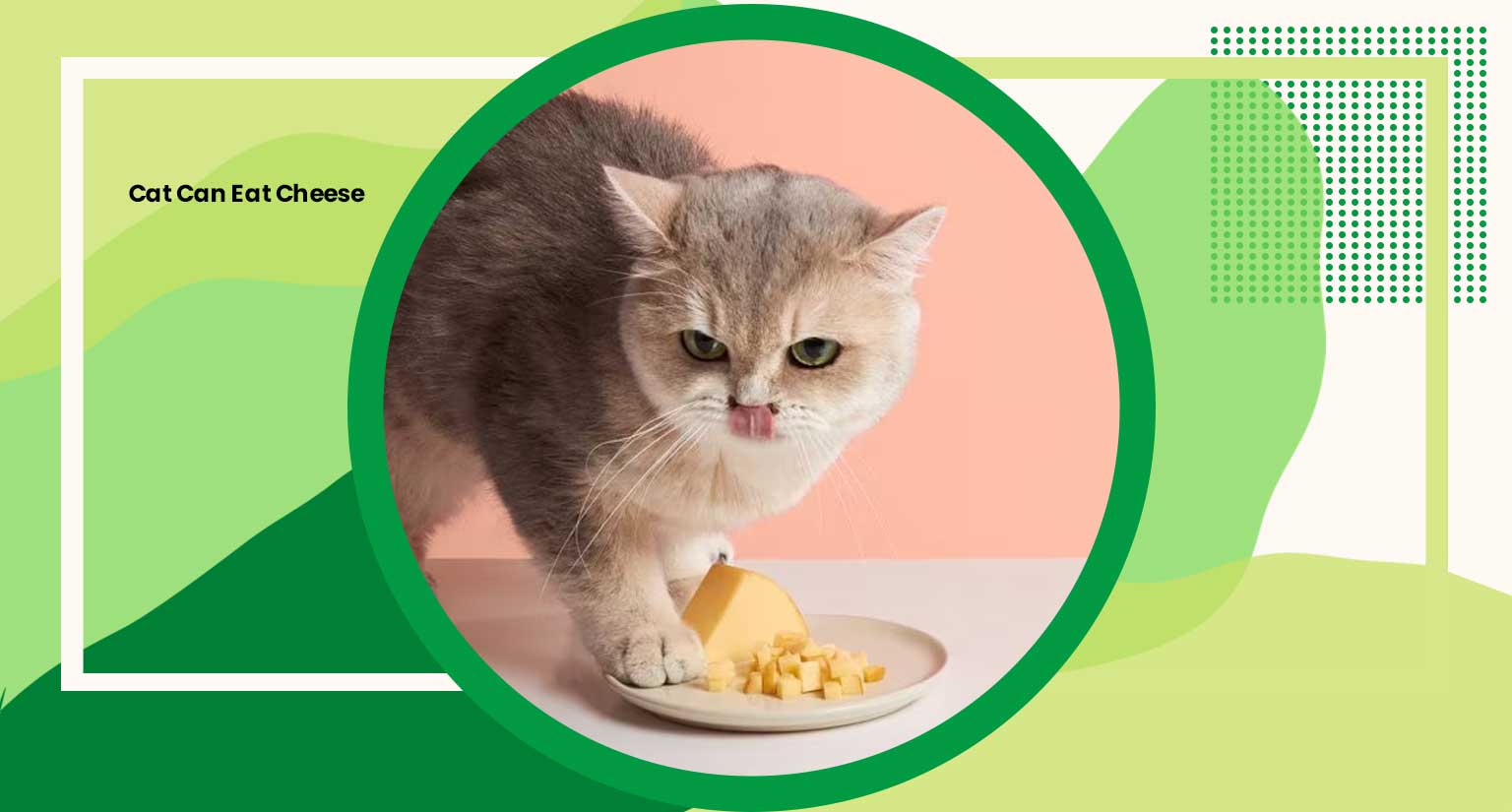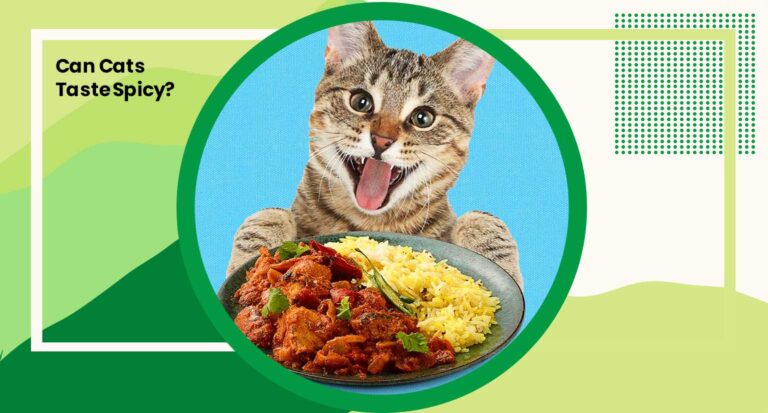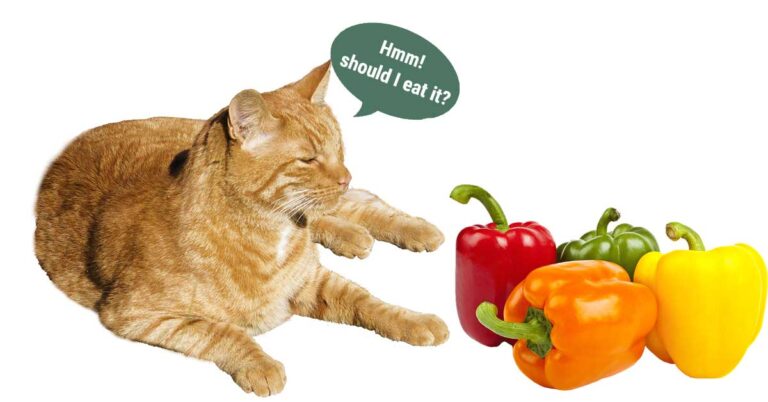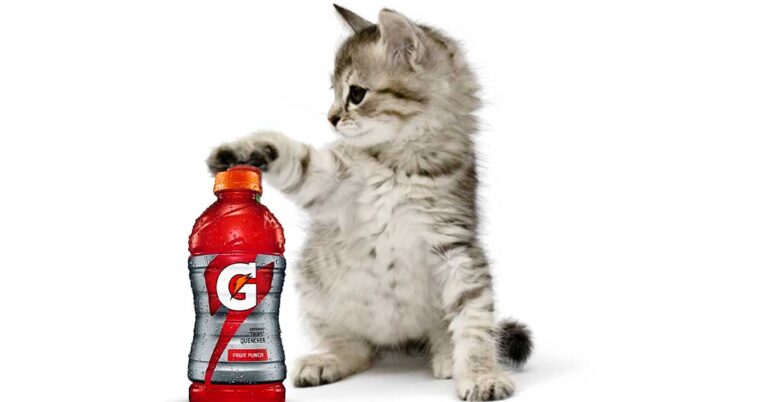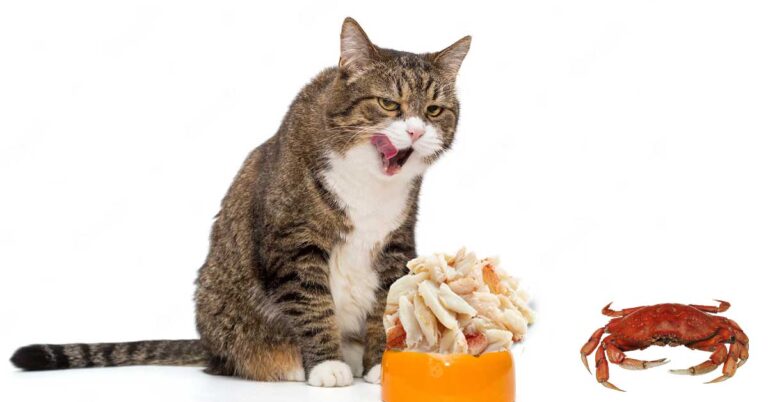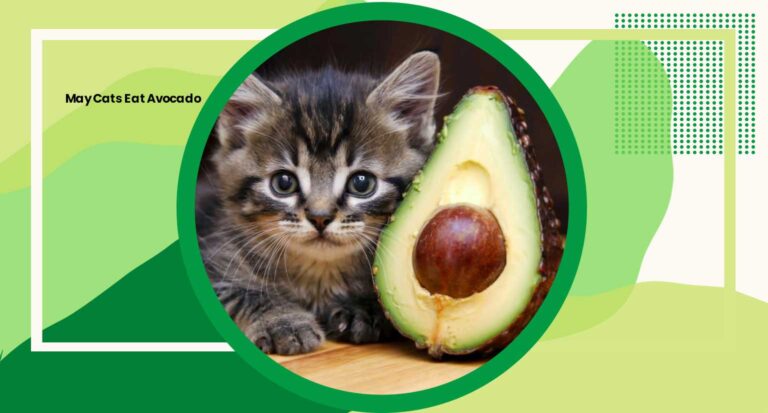Cat Can Eat Cheese Discover 2024: Feline-Friendly Delights
If offering cheese to your cat, it’s crucial to do so in moderation and monitor for any adverse reactions. High-fat cheeses should be avoided due to potential health issues.
Your Cat Can Eat Cheese!
Welcome to a feline-friendly exploration into the world of cheesy delights. Unravel the mysteries of whether your beloved cat can indulge in the savory goodness of cheese.
In this guide, we’ll unveil the facts and fables, ensuring your cat’s gastronomic experience is both safe and satisfying.
Read on as we delve into the nuanced relationship between cats and cheese, demystifying the common query: Can cats eat cheese?
Can Cats Safely Enjoy Cheese?
The notion of feline fascination with cheese is a subject of curiosity for many pet owners. Contrary to popular belief, some cats can indeed relish a nibble of cheese without adverse effects.
However, this indulgence comes with a few considerations and nuances worth exploring.
The question on many cat owners’ minds is whether cheese is a safe treat for their feline companions.
While some cats may enjoy the occasional nibble of cheese without immediate repercussions, it’s essential to understand the nuances.
Cheese & Cat Relationship
Cheese contains lactose, a sugar found in milk products. Most cats lack sufficient lactase, the enzyme necessary to break down lactose, leading to potential digestive upset.
However, certain types of cheese, such as hard cheeses like cheddar or Swiss, have lower lactose levels and might be better tolerated by some cats in small quantities.
Portion Control & Moderation
When offering cheese to your cat, moderation is key.
Small portions can serve as an occasional treat.
Overindulgence can lead to gastrointestinal distress, including diarrhea or vomiting. Ensure the cheese is served in tiny pieces to prevent choking hazards.
Monitor Your Cat’s Response
Every cat is unique, and their tolerance for cheese can vary. Observing your cat’s response after consuming cheese is crucial.
If you notice any signs of discomfort or digestive issues, it’s best to avoid feeding cheese altogether.
Treats Suited for Cats
While cheese might be a tempting treat, several cat-friendly snacks are both safe and enjoyable for your feline companion.
Option for specially formulated cat treats available in pet stores, ensuring they meet your cat’s nutritional needs without causing digestive problems.
Your cat’s dietary needs and preferences is crucial for their well-being. While cheese can be a delightful treat for some cats, it’s essential to approach it with caution and moderation.
Feline Digestion & Cheese
Cats, by nature, are obligate carnivores, meaning their diet primarily consists of meat. Their digestive systems aren’t naturally geared to handle dairy products like cheese.
While some cats may handle cheese well due to individual tolerance levels, it’s important to acknowledge that most lack the necessary enzymes to digest lactose, leading to potential digestive discomfort.
Offering Cheese
Hard cheeses, such as parmesan or aged cheddar, contain lower lactose levels compared to softer cheeses. These options might be more tolerable for some cats if given in tiny, controlled amounts.
However, even with low-lactose cheeses, it’s crucial to be vigilant about any adverse reactions your cat may experience.
Addressing Potential Risks
Feeding your cat cheese regularly or in large quantities can lead to various health issues, including obesity and nutritional imbalances.
The high-fat content in cheese can contribute to weight gain, and excessive consumption might interfere with your cat’s balanced diet.
Alternatives for Feline Treats
Explore other cat-friendly treats that are not only safe but also nutritionally beneficial for your furry companion.
Treats formulated for cats, available at pet stores, offer a wide range of options, ensuring your cat receives adequate nutrients without the potential risks associated with human foods like cheese.
Your cat’s well-being is a priority, and making informed choices about their diet is integral to their health and happiness.
While the occasional nibble of cheese might not pose an immediate threat to some cats, it’s crucial to exercise caution and prioritize your feline friend’s overall nutritional needs.
Do Hydroponics Accelerate Growth?
Delve into the world of hydroponics and discover whether this innovative growing method truly fosters faster plant growth.
This intriguing approach to cultivation has garnered attention for its potential to revolutionize traditional gardening practices.
Let’s explore the intricacies of hydroponics and its impact on the speed of plant growth.
Growth Dynamics in Hydroponics
Hydroponics, an innovative soil-less cultivation technique, has sparked interest for its claimed capacity to expedite plant growth. Understanding the mechanics behind this method sheds light on its effectiveness.
Optimal Nutrient Absorption
One key factor in hydroponics is the direct delivery of nutrients to plant roots in a water-based solution.
This controlled nutrient intake eliminates the need for roots to search for nutrients in soil, potentially enhancing growth rates.
The consistent access to essential elements can contribute to accelerated development in certain plant species.
Environmental Control and Growth Rates
Hydroponic systems offer precise control over environmental factors like pH, temperature, and light exposure.
This controlled environment allows for ideal growing conditions, potentially promoting faster growth compared to traditional soil-based cultivation.
However, the extent of growth acceleration can vary based on the plant species, environmental settings, and overall system management.
Early Growth Stages and Vigorous Development
Reports suggest that plants in hydroponic setups may exhibit faster initial growth stages due to the optimized nutrient availability and controlled conditions.
The absence of soil-borne diseases and pests in these systems can also contribute to healthier plants, potentially leading to more vigorous growth in the early phases of cultivation.
Factors Influencing Growth Speed
While hydroponics offers advantages, growth rates are influenced by various factors, including plant species, nutrient concentration, lighting, and system maintenance.
Additionally, the learning curve associated with managing hydroponic setups might affect growth rates initially.
Accelerating Growth with Hydroponics
Hydroponics holds promise in potentially expediting plant growth through optimized nutrient delivery, controlled environments, and disease-free conditions.
However, the degree of acceleration varies and is contingent upon multiple factors. Exploring and fine-tuning these variables can unlock the true potential of hydroponic systems in fostering faster and healthier plant growth.
A Budget-Friendly Hydroponic System
Explore the world of cost-effective hydroponics by discovering methods to construct an affordable hydroponic system.
Embrace the ingenuity of DIY approaches and learn how to create a functional hydroponic setup without breaking the bank.
Constructing a Low-Cost Hydroponic System
Materials and Components
Embark on a journey into the realm of budget-friendly hydroponics by gathering essential materials. A simple hydroponic system can be built using readily available items:
- Plastic containers or buckets
- Net pots or containers for plants
- Growing medium (perlite, vermiculite, or coco coir)
- PVC pipes or tubing
- Air pump and air stones
- Submersible water pump
- Nutrient solution
- Light source (LED or fluorescent)
Step-by-Step Assembly
Follow these simplified steps to assemble a cost-effective hydroponic system:
- Container Setup: Drill holes in the plastic containers for the net pots or plant containers. These containers will hold the growing medium and plants.
- Building the System: Connect PVC pipes or tubing to create a recirculating system. The pump will circulate the nutrient solution through the pipes, providing plants with essential nutrients.
- Placement and Lighting: Position the system in a well-lit area or supplement with artificial lighting. LED or fluorescent lights work well for supporting plant growth.
- Planting and Nutrient Management: Place your plants in the net pots or containers with the chosen growing medium. Ensure the nutrient solution is appropriately mixed and replenished regularly.
- Maintenance and Monitoring: Regularly check the system for proper functioning, maintaining nutrient levels, pH balance, and ensuring adequate light exposure for optimal plant growth.
Maximizing Efficiency on a Budget
Optimizing a low-cost hydroponic system involves resourcefulness and innovation. Experiment with different setups and materials, and continuously refine your system to achieve the best results while keeping costs minimal.
Creating a cheap hydroponic system doesn’t mean compromising on quality. With a creative mindset and strategic planning, it’s possible to cultivate healthy plants inexpensively using hydroponic techniques.
Frequently asked question (FAQS)
1. Is Cheese Safe for Cats?
Cheese isn’t a natural part of a cat’s diet. While some cats may tolerate small amounts of cheese, many are lactose intolerant, leading to digestive issues. Moderation and observation are key.
2. What Type of Cheese Can Cats Safely Consume?
Hard cheeses like cheddar or Swiss tend to have lower lactose levels and might be better tolerated by some cats in small quantities. However, individual cat tolerance varies.
3. How Much Cheese Can Cats Eat?
It’s best to offer cheese as an occasional treat and in very small quantities. Overindulgence can lead to gastrointestinal problems, so moderation is crucial.
4. What Are the Risks of Feeding Cheese to Cats?
Feeding cheese regularly or in large amounts can lead to digestive discomfort, including diarrhea or vomiting. Additionally, high-fat content in cheese can contribute to weight gain.
5. How Can I Tell If My Cat Reacts Poorly to Cheese?
Observe your cat after feeding them cheese. Signs of discomfort may include vomiting, diarrhea, gas, or other digestive issues. If these symptoms occur, it’s best to avoid feeding cheese.
6. Are There Safer Treat Options for Cats?
Yes, specially formulated cat treats available in pet stores are a safer alternative. These treats are designed to meet your cat’s nutritional needs without causing digestive problems.
Related post:

